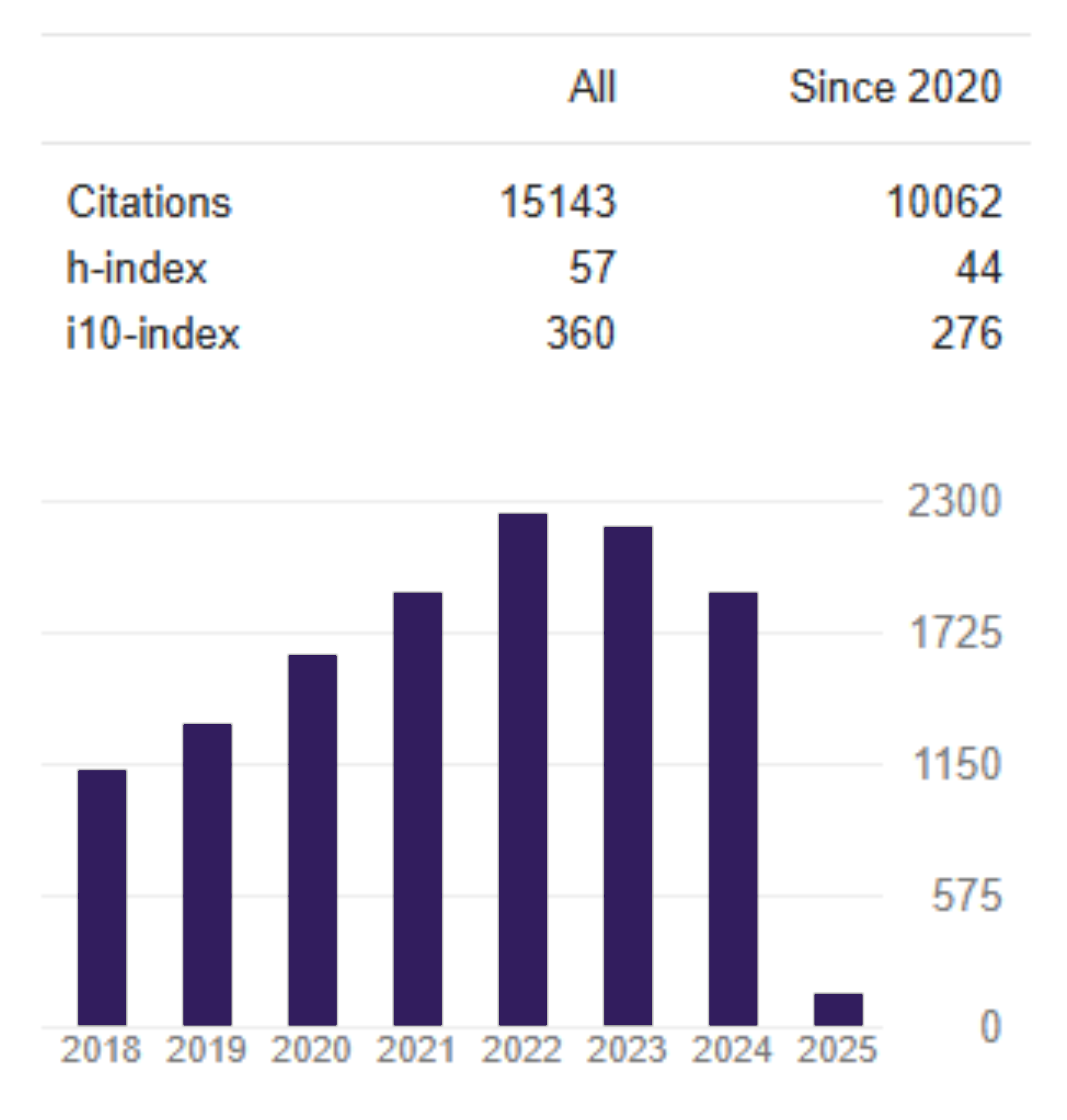A note on Bitcoin’s price volatility
DOI:
https://doi.org/10.26905/jkdp.v23i3.3103Keywords:
Bitcoin, Crude oil, Gold, Stock market pricesAbstract
Cryptocurrencies such as bitcoin are sometimes referred to as the new gold and the buzz that surrounded bitcoins in the last few years is akin to the old day’s gold rush. Cryptocurrencies are not directly linked to any monetary policy instruments or fundamentals. Therefore, the analysis of common factors between these virtual currencies and other ï¬nancial asset classes is challenging. Towards the end of 2017, Bitcoin’s price shot up to record high figures as cryptocurrency was gaining popularity not only for transactions but also for investments. This motivated us to investigate the relationship bitcoin prices have with Gold and stock index and crude oil. Historical prices were gathered from the start of 2017 to the end of the year, the Pearson’s Correlation analysis was chosen to study the relationship of Bitcoin and 3 other economic indicators namely gold, crude oil, and stock market prices. Then we did a multiple regression. Bitcoin has a correlation coefficient of 0.966 when compared to the stock market index S&P 500 which means that they both share similar properties and characteristics. The t statistic for each variable was also significant. This is paper explores the possible factors that are correlated with the surge in bitcoin prices and offers views on the relevance of bitcoin in today’s world.
JEL Classification: F62, G14, G15
Downloads
References
Barlin, R. (2017). Regulation on the Rise as Bitcoin Gains Popularity. The CPA Journal, 87(6), 10-11.
Bouoiyour, J., & Selmi, R. (2014). What Bitcoin Looks Like? No. 58091. Germany: University Library of Munich.
Catania, L., & Grassi, S. (2017). Modelling crypto-currencies financial time-series. http://dx.doi.org/10.2139/ssrn.3028486
Chu, J., Chan, S., Nadarajah, S., & Osterrieder, J. (2017). GARCH modelling of cryptocurrencies. Journal of Risk and Financial Management, 10, 17. http://dx.doi.org/10.3390/ jrfm10040017
Clark, B. (2018). Keep a Wary Eye on the Bitcoin Bubble. Investment Advisor.
Coindesk, (N.A.). What is Bitcoin? Retrieved from https://www.coindesk.com/information/what-is-bitcoin/
Conrad, C., Custovic, A., & Ghysels, E. (2018). Long-and short-term cryptocurrency volatility components: A GARCH-MIDAS Analysis. Journal of Risk and Financial Management, 11, 1–12. http://dx.doi.org/10.3390/jrfm11020023
Dyhrberg, A. H. (2016). Bitcoin, gold and the dollar – A GARCH volatility analysis. Finance Research Letters, 16, 85–92. http://dx.doi.org/10.1016/j.frl.2015.10.008
Hayes, A. S. (2017). Cryptocurrency value formation: An empirical study leading to a cost of production model for valuing bitcoin. Telematics & Informatics, 34(7), 1308-1321. http://dx.doi.org/10.1016/j.tele.2016.05.005
Janakiramanan, S. (2015). FIN301 Financial Instruments, Institutions and Markets Study Guide. Singapore: Singapore University of Social Sciences.
Kancs, D., Ciaian, P., Rajcaniova M. (2015). The digital agenda of virtual currencies. Can bitcoin become a global currency? JRC Technical Report.
Kawa, L. (2017). This is what could pop the bitcoin bubble. Money Management Executive.
Katsiampa, P. (2017). Volatility estimation for bitcoin: A comparison of GARCH models. Economics Letters, 158, 3–6. http://dx.doi.org/10.1016/j.econlet.2017.06.023
Kristoufek, L. (2015). What are the main drivers of the bitcoin price? Evidence from Wavelet Coherence Analysis. PLoS ONE 10(4), e0123923. https://doi.org/10.1371/journal.pone.0123923
Lo, S., Wang, J. C. (2014). Bitcoin as money? Current policy perspectives. Working paper No. 14-4. Federal Reserve Bank of Boston.
Mankiw, N. G. (2007). Macroeconomics. 6th edition. New York: Worth Publishers
Nakamoto, S. (2009): Bitcoin: A peer-to-peer electronic cash system. Retrieved from: http://bitcoin.org/bitcoin.pdf
Tessone, Garcia, D., C., Mavrodiev, P., & Perony, N. (2014). The digital traces of bubbles: feedback cycles between socio-economic signals in the Bitcoin economy. Retrieved from http://rsif.royalsocietypublishing.org/content/11/99/20140623#sec-13
Yermack, D. (2013). Is bitcoin a real currency? An economic appraisal. Working Paper 19747. National Bureau of Economic Research
Downloads
Published
Issue
Section
License

This work is licensed under a Creative Commons Attribution-ShareAlike 4.0 International License.



